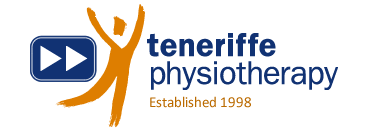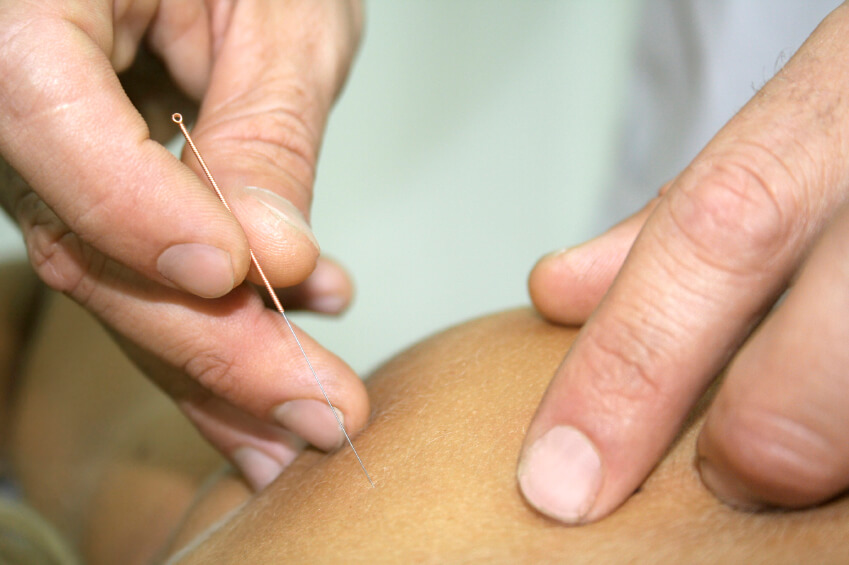What is Dry Needling?
Dry Needling uses acupuncture needles to assist your recovery in a number of ways, often by releasing tension in myofascial trigger points (knots in the muscle). Our senior physiotherapist Stephen Mahony has been incorporating Dry Needling into his treatment plans since 2008, and has completed introductory and two advanced levels of training. He has practiced Dry Needling on everyone from office workers to elite athletes including an Olympic multi-medal winning swimmer.
How Can Dry Needling Help?
Dry Needling can assist your recovery and reduce pain by altering sensory thresholds and stimulating your own pain-relieving mechanisms within the central nervous system. It also reduces pain and tension by reducing muscle trigger point activity and helps healing of body tissues like tendons by stimulating blood flow around the inserted needle. It is appropriate to use to speed recovery, release myofascial trigger points, assist with pain management, and restore movement to joints. In particular, research has grown to provide evidence-based support in the treatment of acute and chronic back pain, chronic neck pain, tension type and migraine headaches, pelvic girdle pain, knee osteoarthritis, lateral elbow pain and shoulder conditions.
What is the Difference between Dry Needling and Acupuncture?
Dry Needling is not the same as acupuncture, although there are similarities between them. The main difference between the two practices is the theory behind how and why it works. Dry Needling aims to reduce pain and restore function through the release of myofascial trigger points and stimulating your own pain-relieving mechanisms within the central nervous system. Acupuncture is based on the traditional Eastern philosophy of restoring the balance of energy through meridians in the body to treat a wide range of medical conditions.
What is a Myofascial Trigger Point?
A myofascial trigger point, more commonly known as a knot in the muscle, is a group of muscle fibres which have shortened when activated but not lengthened back to a relaxed state after use. A myofascial trigger point can be identified by a sensitive nodule in the muscle, which is unable to move normally, obtain fresh blood supply, or flush out acidic chemicals. On top of this, the rest of the muscle also tightens to compensate and can therefore lead to discomfort with touch, movement, and stretching, as well as decreased joint movement and sometimes temporary loss of coordination.
What Can Cause a Myofascial Trigger Point?
Most myofascial trigger points are caused by muscle overuse, muscle trauma (injury), or psychological stress. These trigger points also often occur from sustained repetitive activity, such as lifting heavy objects at work or working on a computer. Some other contributing factors may include:
- Poor or sustained posture e.g. prolonged sitting for work or study
- Unexpected movements e.g. descending a step that is lower than expected
- Quick movements e.g. looking over shoulder while driving
- Change in activity or muscle loading e.g. change in intensity of exercise
- Nerve impingement
- Any injury to the musculoskeletal system or intervertebral discs
- Significant absence of exercise or movement
- Generalized fatigue or lack of sleep
- Nutritional deficiencies
- Hormonal changes
- Illness (bacterial or viral)
- Metabolic and endocrine conditions
Is Dry Needling Safe?
In short yes, Dry Needling is safe – single-use, sterile needles are always used and disposed of immediately after use into a certified sharps container. As with most treatment techniques, everybody is different and can respond differently. In addition to the benefits that Dry Needling provides there are a number of potential side effects that can occur, including local bleeding/ bruising, fainting, nausea, residual discomfort or altered energy levels. However, these symptoms should disappear within 48 hours after treatment.

